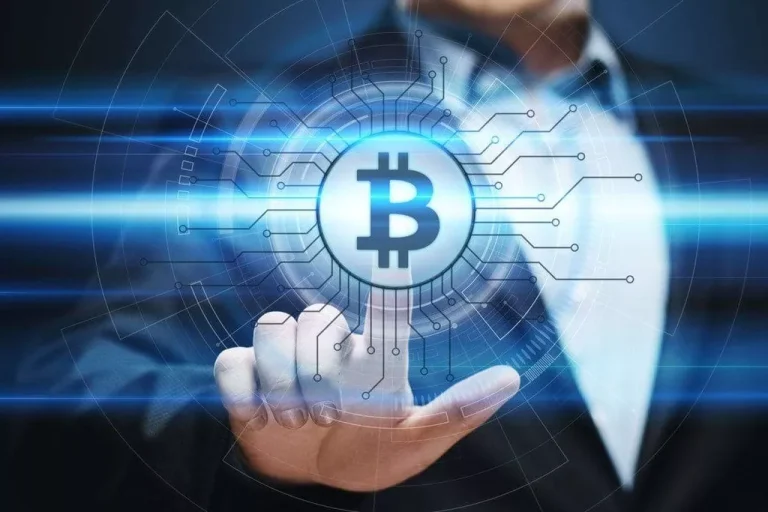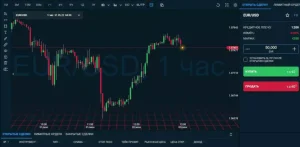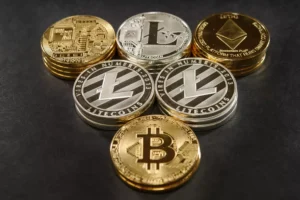In today’s financial world, “liquidity” simply means how quickly you can exchange an asset into cash at its current value. Many new decentralized financial systems rely on “liquidity pools,” which are like digital wellsprings. These buffers serve as the core of popular applications that enable cryptocurrency holders to raise funds. Thereby, cutting-edge decentralized applications empower individuals holding virtual coins to leverage liquidity, granting them access to capital and opening up limitless financial opportunities.
In this blog, we’ll delve into the inner workings and intricacies of crypto liquidity pools, sharing guidance on how to join them.
What Are Liquidity Pools in Crypto?
To grasp the concept of crypto liquidity pools explained, it’s crucial to establish a precise definition of these mechanisms. Smart contracts are self-executing contracts with predefined rules. They act as the automated operators of crypto liquidity pools. They manage various functions within the money reserve, such as accepting deposits, executing trades, and distributing fees and rewards to liquidity providers. They ensure that the reserve operates transparently and without the need for intermediaries.
Within these mechanisms, there are storage alternatives for the tokens required to unite customer holdings. The platform autonomously handles funds for growth after accepting tokens, unlike traditional financial systems that mandate banks to receive deposits and disburse the depositor the pre-agreed amount.
Smart contracts govern the entire operation of a liquidity pool. They automatically handle functions like token deposits, withdrawals, and the execution of trades. This automation eliminates intermediaries and ensures transparency and trust in the process.
Rewards stand behind each action. Yield farming is a dynamic and potentially rewarding strategy within the DeFi space. It allows participants to earn rewards by providing marketability to decentralized platforms. These rewards can come in the form of additional tokens generated by the platform. They are typically native to the DeFi platform and can have various utilities.


Turnkey Brokerage Solution For Your Business
Get the most profitable fully licensed fx/crypto brokerage software or ready-to-operate business in 48 hours. Best-in-class web & mobile trading platforms, sales-driven CRM, full integration with MT4/5, and 150+ payment providers.
Understanding the Mechanics of Liquidity Pools
Utilizing a cryptocurrency is all-important to engage in any defi economic transaction. Furthermore, a system must be in place for distributing the cash. An easy approach to accomplish the goal is with the help of crypto liquidity pools. Here is the mechanics of their work:
- Pools involve pairs of tokens, like Ethereum (ETH), and a specific token. Users deposit equal values of both tokens into the buffer.
- The reserve aims to maintain a balance of these tokens. When users trade, buy, or sell, the pool’s smart contract automatically adjusts the token quantities to keep their values proportional.
- Pools are used in decentralized exchanges (DEXs) for trading. Users trade tokens directly with the buffer, which sets prices based on supply and demand.
- Users pay fees for trades, and a portion goes to liquidity providers as rewards for contributing assets.
- Liquidity providers face the risk of “impermanent loss” due to price volatility.
- Some platforms use pools for lending and borrowing, with interest rates determined by reserve dynamics.
Liquidity pools are commonly linked with Automated Market Makers, which are algorithms employed to establish asset prices within the buffer without relying on traditional order books. Instead, they use mathematical formulas and smart contracts to calculate the cost of assets within the money reserve.
What Makes Liquidity Pools Crucial?
Pools enhance the efficiency of DEXs. Without them, DEXs would rely on order books, which can be thin and slow-moving. Reserves, on the other hand, provide a constant source of marketability, enabling instant and efficient trading of assets. They make it easier for users to trade a wide range of tokens. Anyone can participate in crypto market liquidity pools by providing investments and increasing accessibility to markets.
As more people provide liquidity to buffers, they increase overall market depth, making it harder for large trades to significantly impact asset prices. This contributes to market stability.

Primary Upsides of Pools
Buffers serve as the fundamental structural blocks of decentralized finance. Their advantages are in line with the overarching positive sides of the DeFi environment. Among the most notable ones are:
- Allowing 24/7 access to markets.
- Easy joining.
- Fees and rewards.
- No need for intermediaries.
- Increases market stability by deepening liquidity.
- Supports different DeFi services and fosters innovation.
- Helps new projects gain initial adoption and marketability.
- Can lower trade execution slippage, offering better prices.
- Open to users worldwide, enhancing global financial accessibility.
Keep in mind that while these benefits are significant, liquidity pools also come with risks that users should be aware of before participating.
Important Downsides of Pools
The cryptocurrency liquidity pools keep the coins you provide. While there might not be any middlemen saving your money, they are still a part of the process. It is critical to bear in mind that a contract defect or weakness might result in a long-term loss of cash.
When thinking about projects where the creators have the power to change the rules of the protocol or manage the operations, it is advised to use caution. The smart contract code may also be accessible to developers, and any dishonest actions on their part might have negative repercussions.
Is It Safe to Participate in Liquidity Pools?
The safety of crypto liquidity pools is not guaranteed. Users should exercise caution and conduct research before participating. While many DeFi platforms take security seriously and implement measures, the decentralized and rapidly evolving nature of the environment means that risks are inherent.
The safety is closely tied to the reputation and track record of the platform hosting the pool. Well-established and reputable platforms are more likely to have robust security measures in place, including code audits, bug bounties, and user protection mechanisms. In any case, it’s essential to stay informed and make considered decisions based on your risk tolerance and the specific circumstances.
Steps to Join a Pool
Joining a liquidity buffer involves several steps. Make sure you understand how do crypto liquidity pools work. Then, you can start by selecting a platform that should be reputable and widely used. Popular options are the following:
- Uniswap
- SushiSwap
- Curve Finance
You’ll need a compatible cryptocurrency wallet to interact with DeFi platforms. MetaMask is a popular choice for Ethereum-based platforms. Set up and secure your wallet by storing your private keys safely. Transfer the tokens you want to provide liquidity for into your wallet. These tokens should be in equal amounts for the liquidity pool you plan to join. As an example, if you’re joining an ETH-DAI pool, you’d need an equal value of ETH and DAI.
Connect your wallet to the platform and choose the liquidity buffer you want to join. Platforms often have multiple pools with different token pairs. Be mindful of factors like the pool’s trading fees, liquidity, and the tokens involved. Then click on the “Provide Liquidity” or similar option. You’ll be prompted to select the tokens you want to contribute to the pool. Enter the desired amounts, ensuring they’re of equal value.
Your transaction will be processed on the blockchain. You’ll receive confirmation once it’s completed. This might take some time, depending on network congestion. In exchange, you’ll receive liquidity tokens representing your share of the reserve. Depending on the platform, these tokens can be used for trading or staking.
Keep an eye on your liquidity pool’s performance. You can add or remove liquidity as desired, but remember that changes can impact your exposure to impermanent loss and the rewards you earn.






